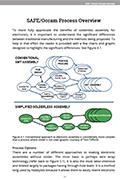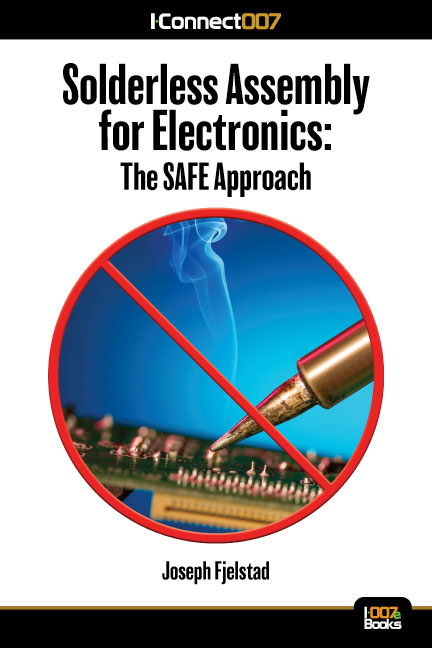Solder has been a loyal servant of the electronics manufacturing industry for years; however, like any aging servant, the efficacy of solder has been waning as the industry looks to make products increasingly dense. Solder has always been the weak link in the electronics manufacturing process, where a substantial number of defects are created and solder joints remain the most common site of failure in electronic systems. With that in mind, an alternative approach to manufacturing electronic assemblies without the use of solder is discussed in this short book. In most fundamental terms, the process is one where, instead of building PCBs and placing and soldering components to them, a component board is assembled and the terminations on the components are interconnected using traditional PCB processes and bypassing, completely, the high-temperature soldering process. The reader will be shown the numerous prospective advantages and benefits--economic, technical and environmental--of this important alternative approach, including rapid prototyping, which was first suggested 10 years ago and is just now beginning to be appreciated.
ISBN: 978-0-9796189-8-7
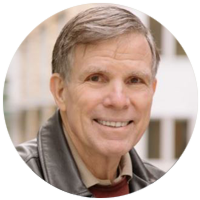 Joe Fjelstad is a 45-year veteran of the electronic interconnection industry and serial entrepreneur. He is also founder and president of Verdant Electronics, Inc. The company focused on the development of lower cost, more environmentally friendly and more reliable electronic products to meet the needs of both the most advanced products, as well as products for the world’s most disadvantaged peoples. A globally recognized author or coauthor of several books on electronic interconnection technologies, including Flexible Circuit Technology, 4th Edition; Chip Scale Packaging for Modern Electronics; and An Engineer's Guide to Flexible Circuits. He is also a magazine columnist and commentator, educator and innovator in the field of electronic interconnection and packaging technologies. A frequent keynote speaker at conferences around the world, Mr. Fjelstad has been the recipient of a number of industry and corporate awards over his career. As an innovator, he holds more than 180 issued U.S. patents and numerous international patents issued or pending.
Joe Fjelstad is a 45-year veteran of the electronic interconnection industry and serial entrepreneur. He is also founder and president of Verdant Electronics, Inc. The company focused on the development of lower cost, more environmentally friendly and more reliable electronic products to meet the needs of both the most advanced products, as well as products for the world’s most disadvantaged peoples. A globally recognized author or coauthor of several books on electronic interconnection technologies, including Flexible Circuit Technology, 4th Edition; Chip Scale Packaging for Modern Electronics; and An Engineer's Guide to Flexible Circuits. He is also a magazine columnist and commentator, educator and innovator in the field of electronic interconnection and packaging technologies. A frequent keynote speaker at conferences around the world, Mr. Fjelstad has been the recipient of a number of industry and corporate awards over his career. As an innovator, he holds more than 180 issued U.S. patents and numerous international patents issued or pending.
Chapter Summaries
-
Chapter 1
A Brief History
Legacy approaches to making reliable solderless interconnections have been used in the electronics industry in numerous applications over decades. This chapter highlights methods that remain in wide use today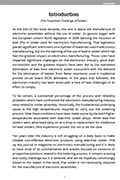
-
Chapter 2
Benefits
SAFE technology (Solderless Assembly For Electronics AKA Solder Alloy Free Electronics) has numerous benefits and advantages over soldering which address a wide range of areas of interest to product makers and users alike, including: cost, performance, design efficacy, reliability and security. This chapter enumerates and discusses the many advantages, even just one of which could prove sufficiently compelling for those seeking to improve their products.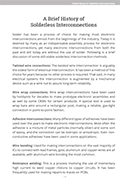
-
Chapter 3
Process Overview
The elimination of solder opens the door to a wide range of processing options and materials, the vast majority of which can be completed using the existing manufacturing infrastructure. This chapter illustrates several prospective approaches and includes reference to a study done by a Silicon Valley provider of low- to mid-volume SMT and IC packaging solutions to proof the concept using, almost exclusively, equipment and materials the company employs for traditional manufacturing.